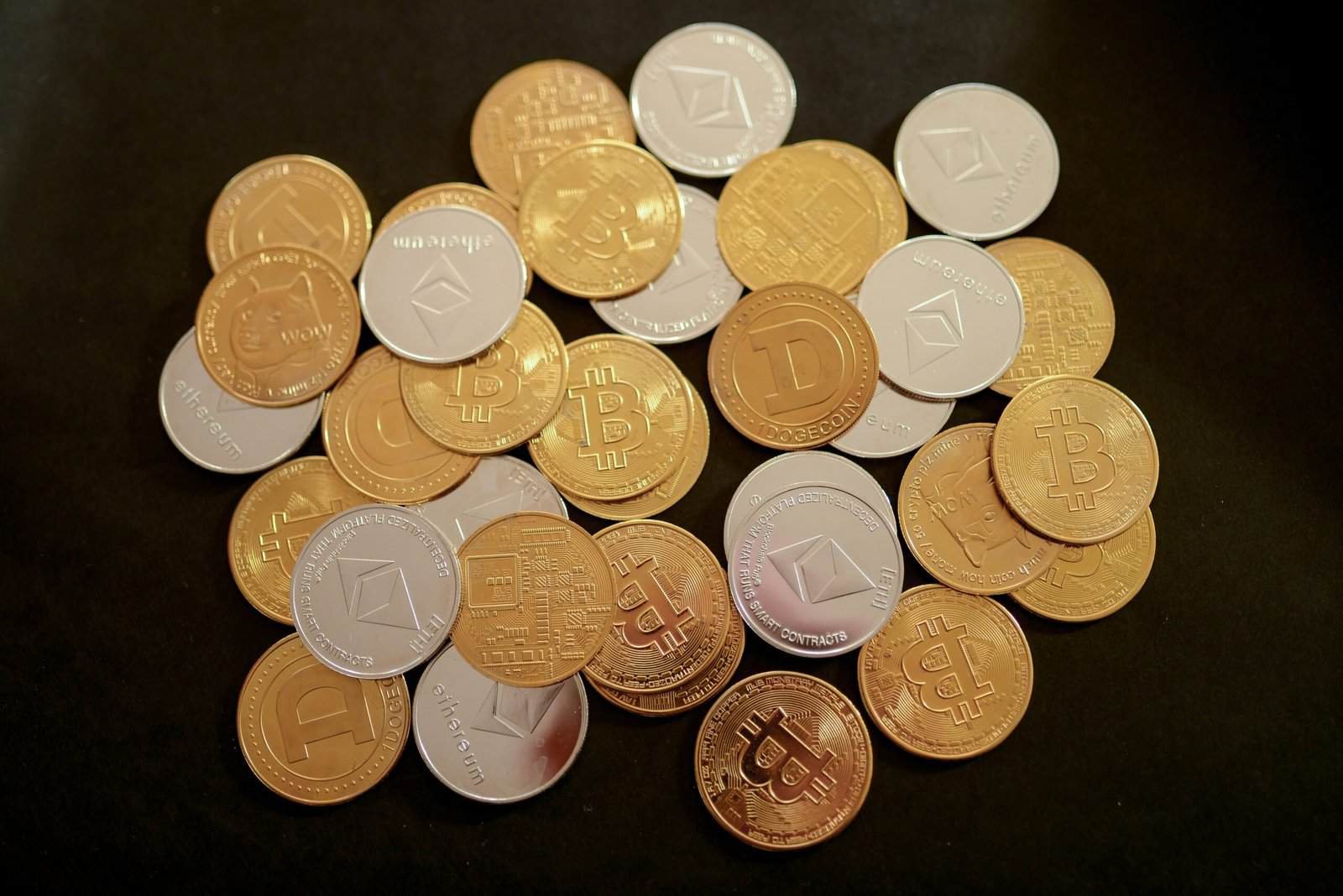Have you ever wondered how the rapidly advancing Internet of Things (IoT) is transforming the world, and what role the IoT Integration Token (IOT) plays in this transformation? As you explore this fascinating arena, you’ll discover that IoT is not just a buzzword, but a powerful network of interconnected devices that seamlessly communicate with each other to make our lives more efficient and convenient.
The Evolution of the Internet of Things (IoT)
The Internet of Things represents a significant leap in technology development, integrating everyday devices like refrigerators, thermostats, and cars into the internet ecosystem. These advancements enable devices to collect and exchange data, promising to streamline industries and optimize our day-to-day activities.
Advancements and Impact
IoT has advanced tremendously over the years, moving from basic machine-to-machine communication to complex ecosystems involving artificial intelligence and data analytics. This evolution has drastically impacted industries by enhancing operational efficiency, reducing costs, and improving decision-making processes through data-driven insights.
Current Applications
From smart home devices that can adjust your lighting and heating to interconnected manufacturing systems that minimize downtime, IoT applications are diverse and evolving continuously. As cities become smarter, traffic systems, utilities, and even waste management are now being automated and optimized through IoT technologies.

What is IoT Integration Token (IOT)?
As IoT continues to expand, one of the challenges lies in ensuring seamless integration among various devices and platforms. Here, the IoT Integration Token (IOT) steps in as a solution. It is designed to facilitate interoperability, security, and the scalability necessary for IoT systems to flourish.
Functionality of IOT
The IoT Integration Token acts as a digital currency and a protocol facilitator that enables devices from different manufacturers and software environments to communicate securely and efficiently. By using IOT, devices can transact and share data without compromising privacy or security.
Benefits of IOT
- Interoperability: Ensures devices from various ecosystems can work together.
- Scalability: Allows for independent growth without redesign of the foundational infrastructure.
- Security: Utilizes robust encryption to protect data exchange.
- Efficiency: Reduces latency and enhances data transfer rates among IoT devices.

How Does IoT Tokenization Work?
Understanding the underlying mechanics of IoT tokenization is crucial to realize its impact. Tokenization is a process that turns sensitive data into unique identification symbols (tokens) while retaining essential information. In the IoT realm, this means each device and transaction involves encrypted tokens that protect and streamline operations.
Process of Tokenization
- Data Encryption: Each device is assigned a token that encrypts its data to ensure secure communication.
- Transaction Verification: Tokens facilitate device transactions by verifying and authorizing device identity.
- Data Exchange: Once verified, devices can exchange information securely, ensuring efficiency and accuracy.
Importance in IoT
Tokenization in IoT is pivotal for addressing security challenges inherent in a system where massive amounts of data are constantly being transferred. It mitigates risks such as data breaches and unauthorized access by ensuring only authenticated devices can interact within the network.

Implementation Challenges
Like any technological innovation, implementing IoT and IOT comes with its own set of challenges. Understanding these challenges is key to addressing them effectively and ensuring successful deployment.
Security Concerns
With the interconnected nature of IoT, security is a major concern. Hackers can exploit vulnerabilities to access sensitive data or disrupt operations. Therefore, robust security protocols and regular updates are essential to safeguard IoT ecosystems.
Standardization Issues
The lack of standardized protocols poses significant challenges for interoperability. Without common standards, devices from different manufacturers may face compatibility issues, hindering the seamless functioning of IoT systems.
Data Overload
IoT generates vast amounts of data, resulting in potential issues related to storage, analysis, and management. Solutions must be developed to efficiently handle this data deluge to maintain system performance and relevance.

The Future of IoT and IOT
The potential of IoT and the IoT Integration Token extends far beyond current applications. Their future developments promise to redefine various sectors and enhance quality of life even further.
Emerging Trends
- 5G Integration: Higher data speeds and lower latency offered by 5G will propel IoT capabilities, enabling real-time interaction across devices.
- Artificial Intelligence: AI integration will make IoT systems more autonomous, facilitating predictive maintenance, smarter decision-making, and enhanced personalization.
Industry Impacts
IoT applications are set to revolutionize industries such as healthcare, enabling remote patient monitoring and advanced diagnostic tools. Similarly, logistics and transportation can expect enhanced route optimization, dynamic fleet management, and improved supply chain resilience.

Conclusion
As you continue your foray into the fascinating world of IoT, appreciating the role of solutions like the IoT Integration Token becomes fundamental. They not only enable seamless device integration but also enhance security and efficiency in the ever-growing IoT landscape. Embracing these opportunities and addressing the accompanying challenges will pave the way for a future where IoT and IOT transform our world into a more connected and intelligent network, shaping the pathways of innovation across the globe.
By staying informed and adaptable, you’ll be part of this technological advancement, witnessing firsthand the incredible changes that IoT and IOT bring to various industries and everyday life.
